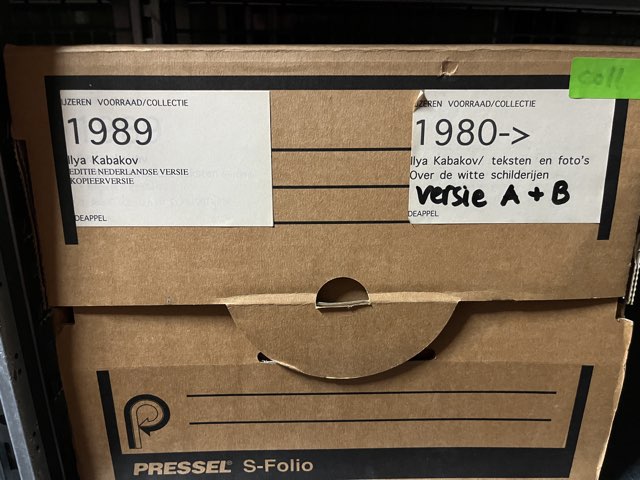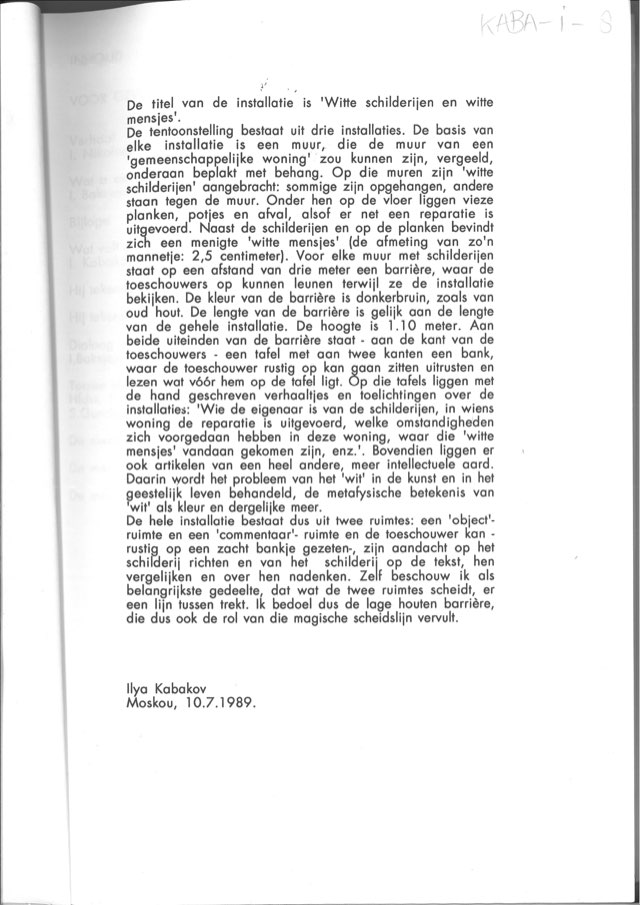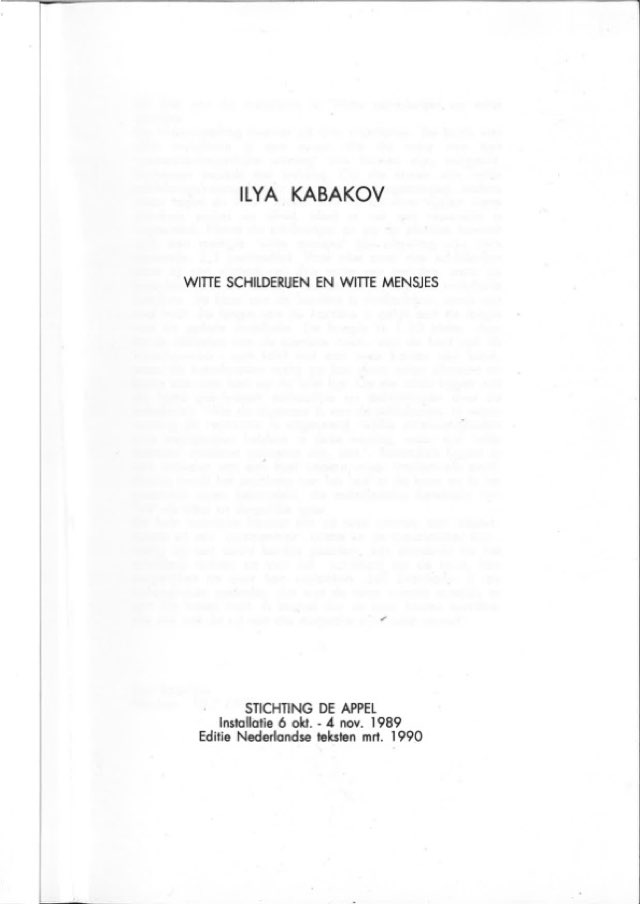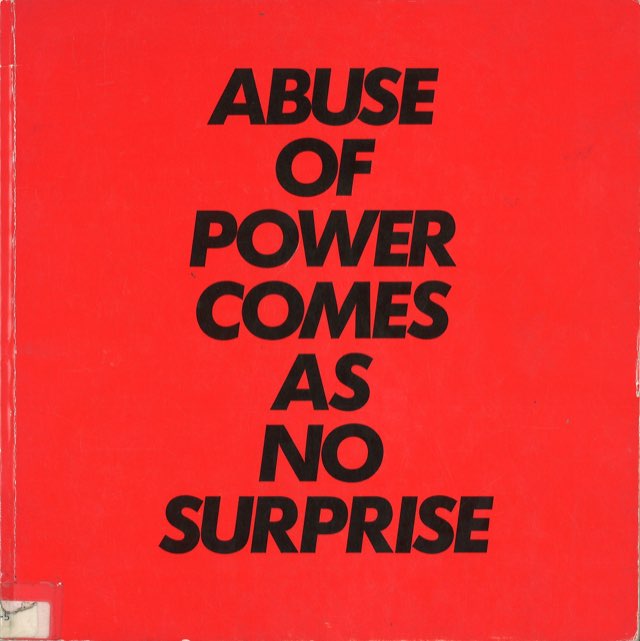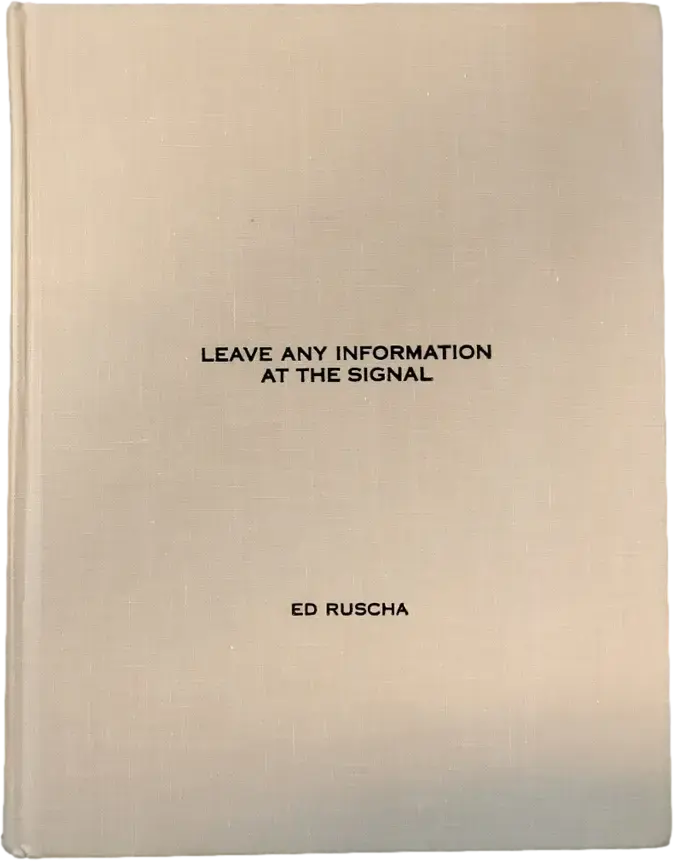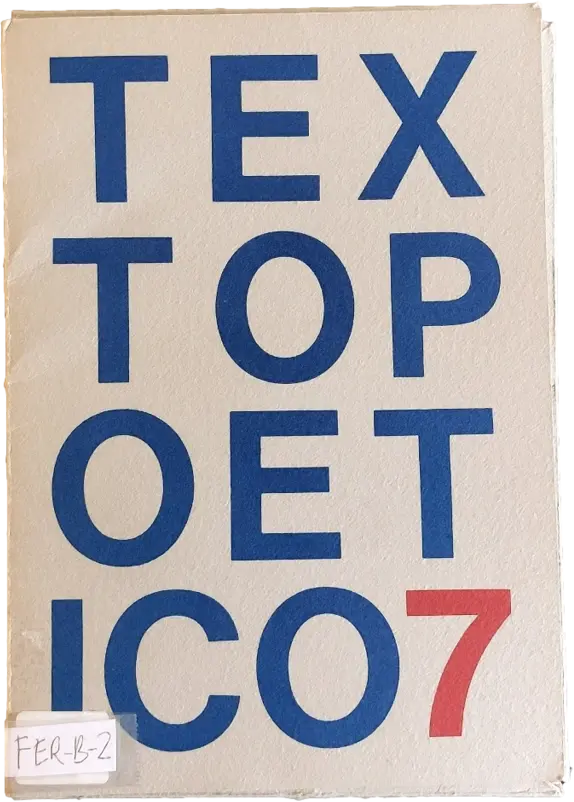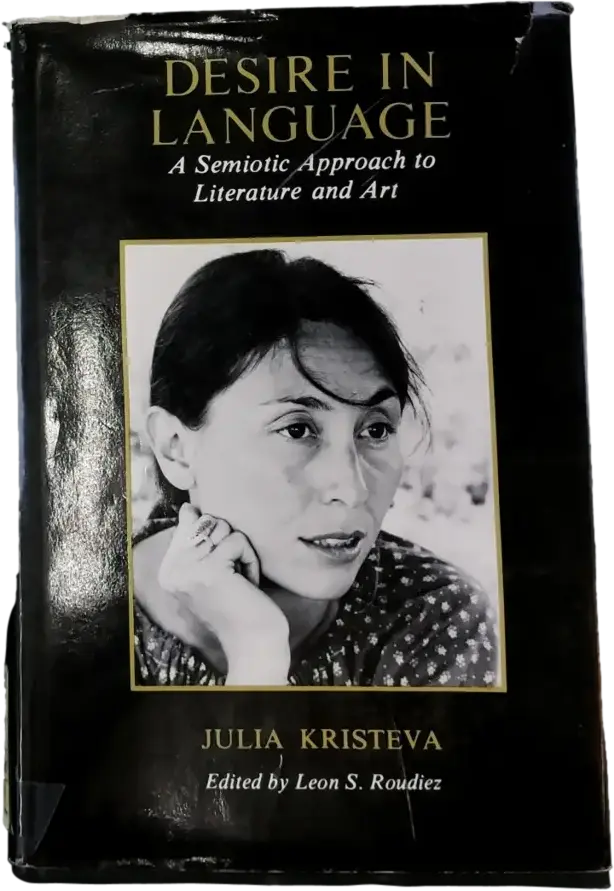Ilya Kabakov "Ilya Kabakov"
06.10–04.11.1989
de Appel, Prinseneiland 7, Amsterdam
de Appel, Prinseneiland 7, Amsterdam
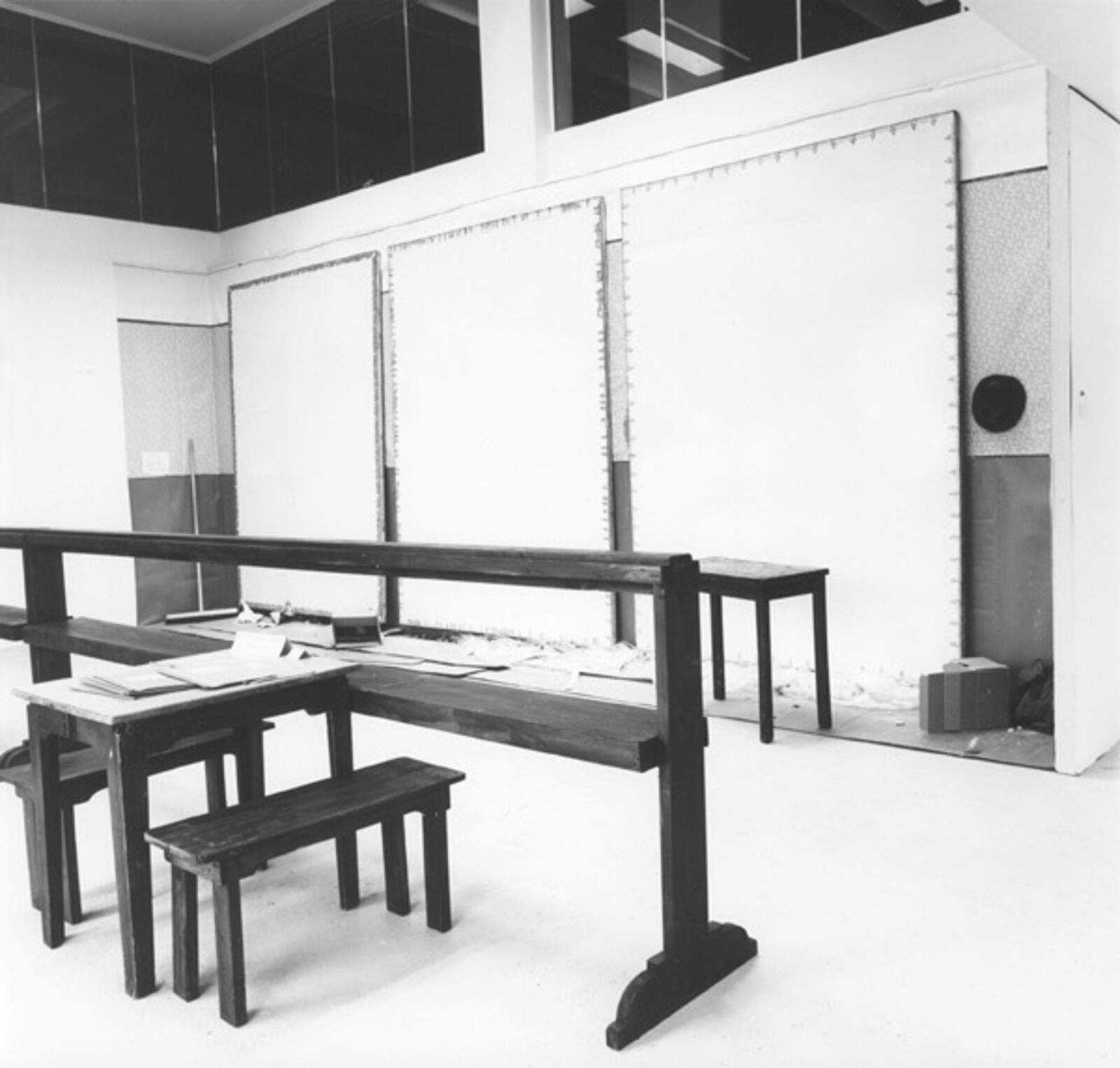
White Paintings and Little White People I
© Tom Haartsen, Ouderkerk aan de Amstel
© Tom Haartsen, Ouderkerk aan de Amstel
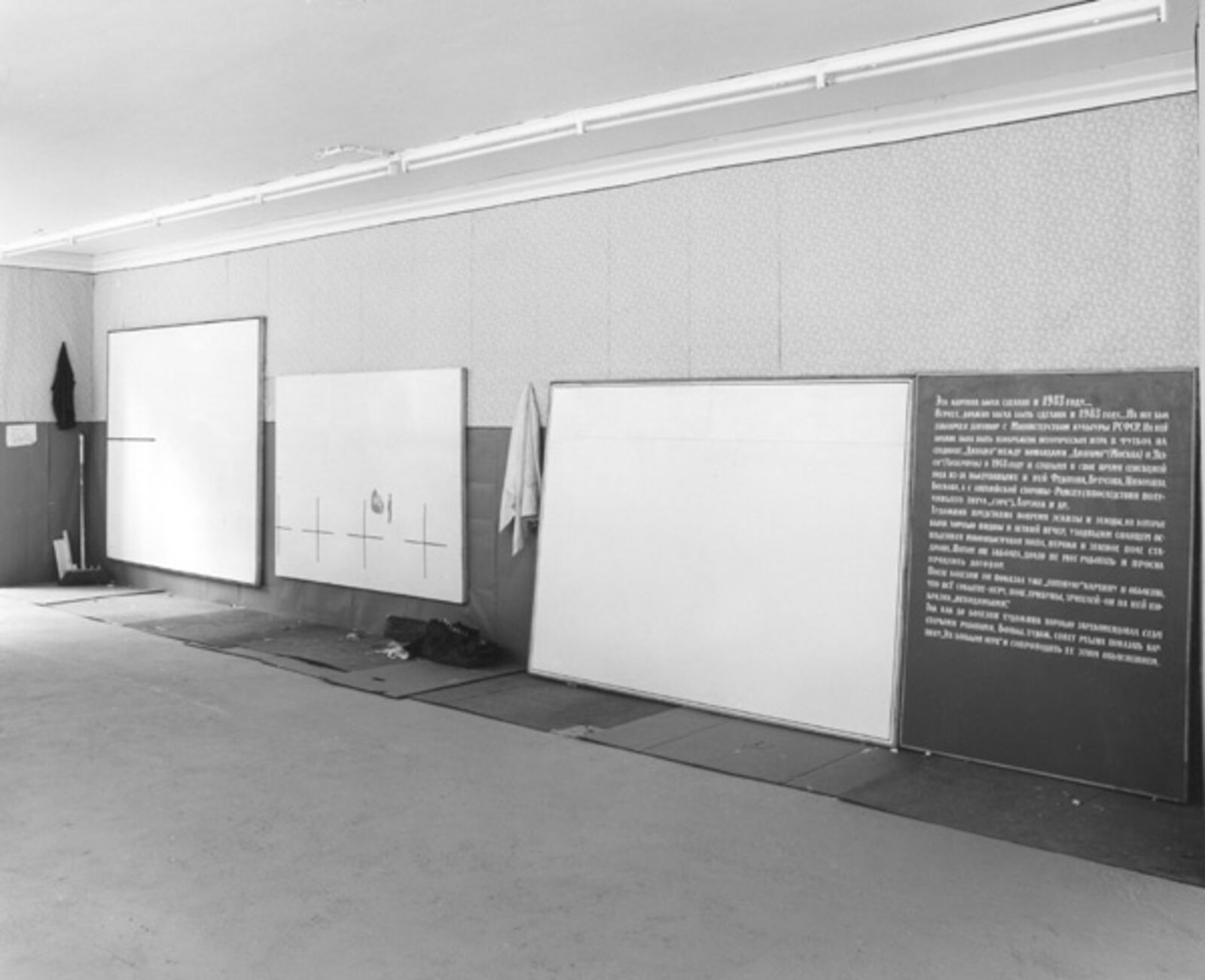
White Paintings and Little White People II
© Tom Haartsen, Ouderkerk aan de Amstel
© Tom Haartsen, Ouderkerk aan de Amstel
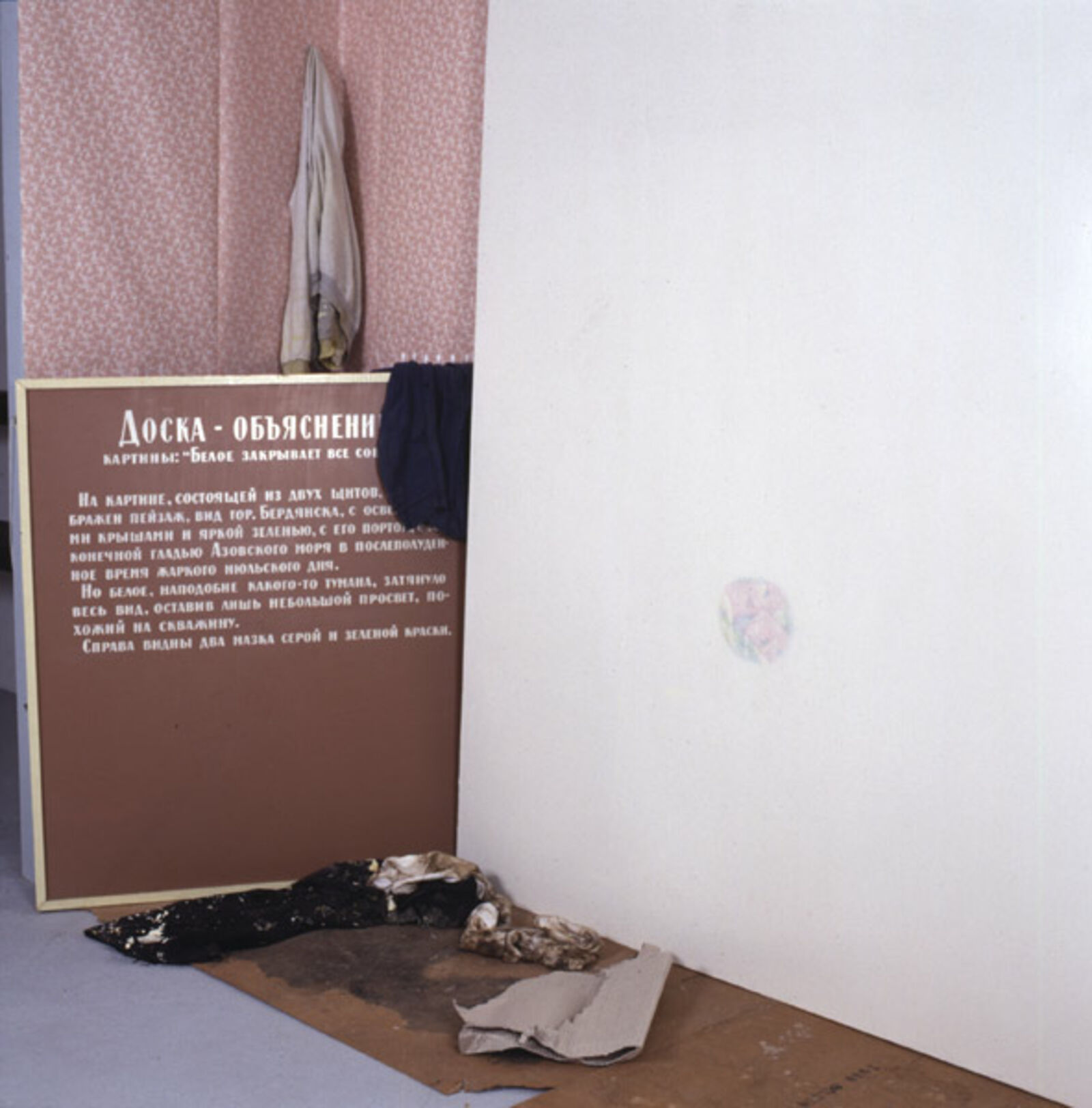
White Paintings and Little White People III
© Tom Haartsen, Ouderkerk aan de Amstel
© Tom Haartsen, Ouderkerk aan de Amstel
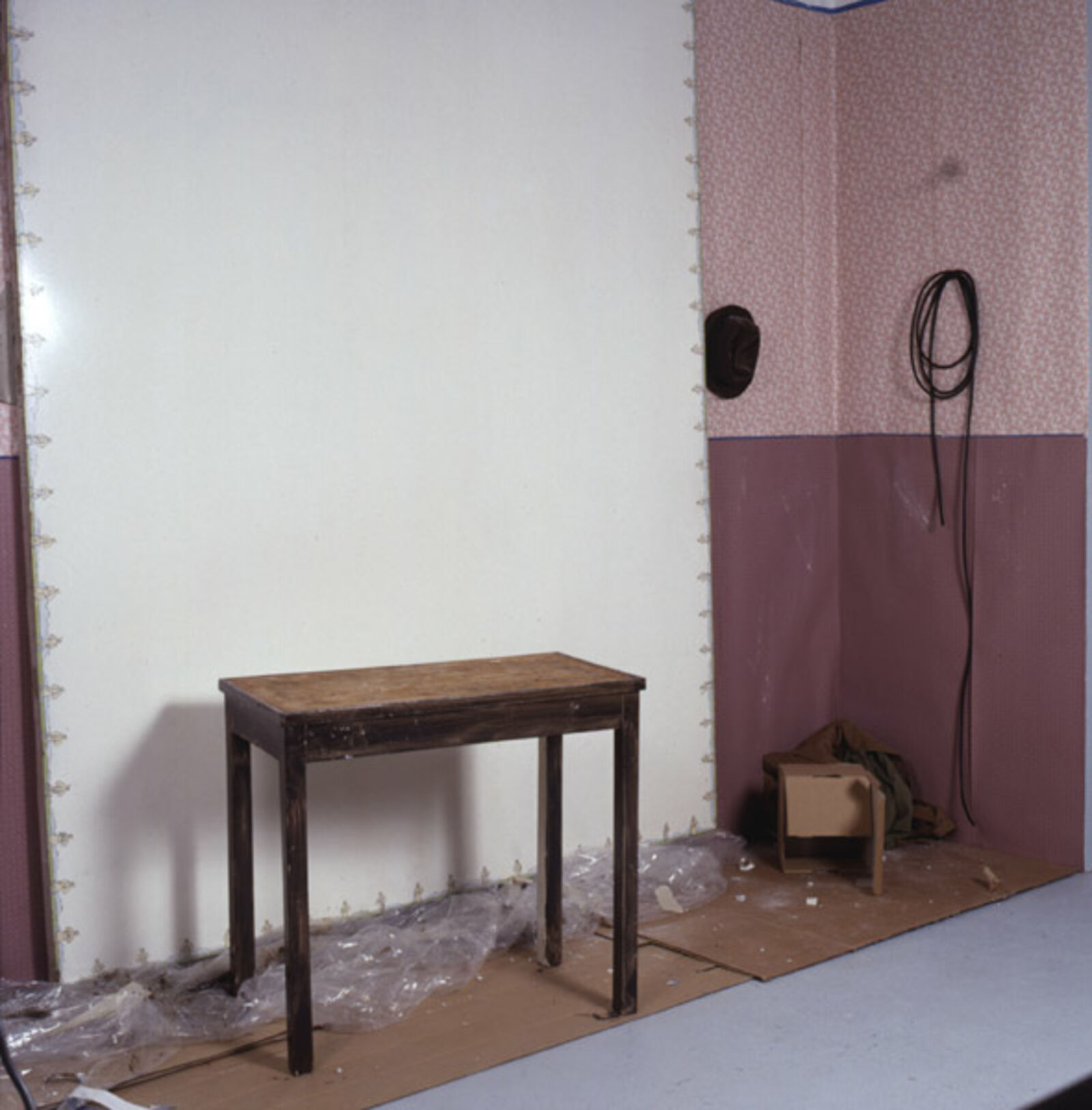
White Paintings and Little White People IV
© Tom Haartsen, Ouderkerk aan de Amstel
© Tom Haartsen, Ouderkerk aan de Amstel
‘Ilya Iossifovich Kabakov ( 1933) was a member of Soz Art, a Seventies movement (which also included Erik Bulatov and Ivan Tschuikov) that reflected everyday Soviet reality through irony. Kabakov is officially recognized by the Russian artists' union as an illustrator of children's books. Until recently his autonomous work existed only in an unofficial capacity. Kabakov's paintings, albums and installations have frequently been exhibited in the West; first in group shows, later (from 1985) in solo exhibitions in Paris, Bern, Dusseldorf, Graz, Basel, New York, London etc. Kabakov senses a basic contradiction between the language of the State which is strongly influenced by ideology and lays claim to 'the' truth and the language of the ordinary individual: the 'real' language. Like the social realist imagery imposed for all those years by the Communist regime, the official language is virtually irrelevant to the content of everyday life. Kabakov is aware of this discrepancy in everything that surrounds him but most of all within himself. He tries to combat this rift from within by using the State's imagery to simultaneously sabotage it. The De Appel exhibition is based on this schism. It consists of three installations under the collective title of White Paintings and Little White People. A wooden barrier divides two spaces: in the first paintings are propped up and hung against an old wall in the other there are tables and benches with texts. Kabakov has written two kinds of texts: the A texts for ordinary people with factual information about the paintings’ maker, why he made them etc.; and the B texts for intellectuals, covering, for instance, the issue of ‘white’ in art and in the world of ideas, the metaphysical significance of ‘white’ as a colour etc. The texts are a chorus of opinions about life and art, far too much to take in at one go. They are a dumping ground for words, as ‘empty’ as the paintings on the other side of the barrier. Together, Kabakov hopes, they might just come to mean something.’ (‘Ilya Kabakov’, Newsletter De Appel, 4 (1989) 5.)
Catalogue:
Ilya Kabakov. White Paintings and Little White People, 1990. Text: Ilya Kabakov and others. Dutch. Photocopied. 166 Pages. SOLD OUT
Ilya Kabakov -textst and pictures – Over de witte schilderijen versie A + B Nederlandse versie en kopieerversie
collection (unintended), 1989
See also
